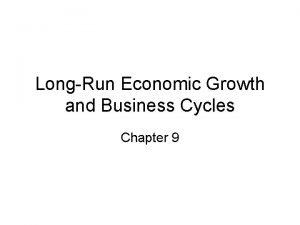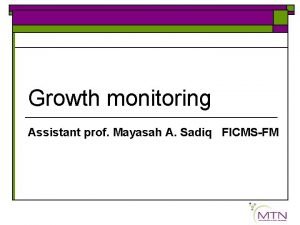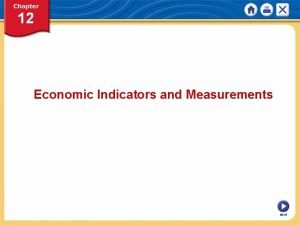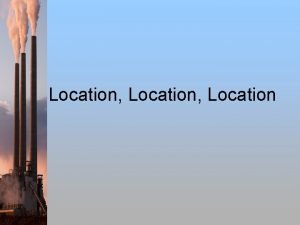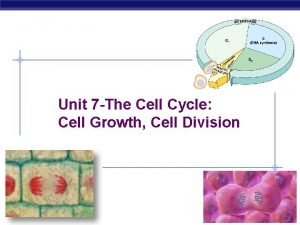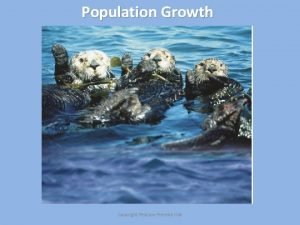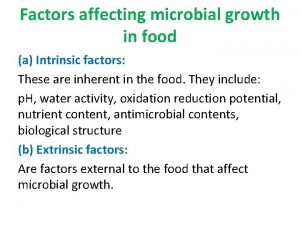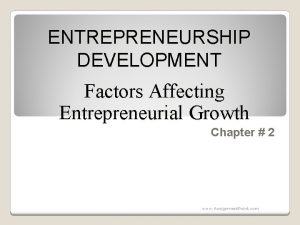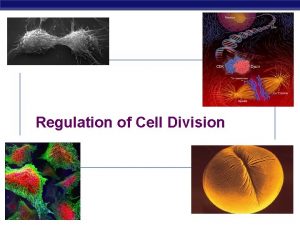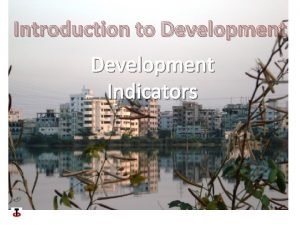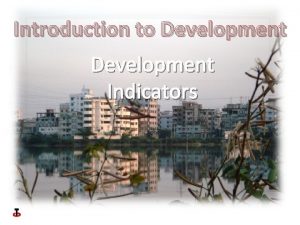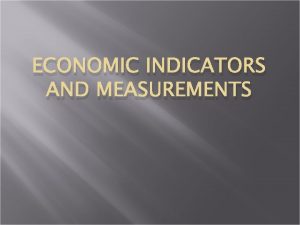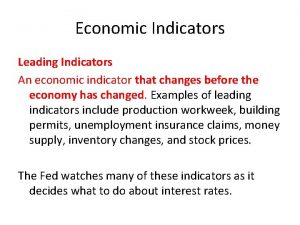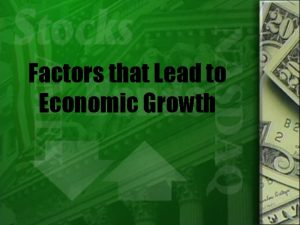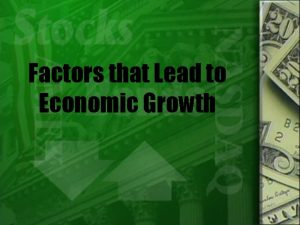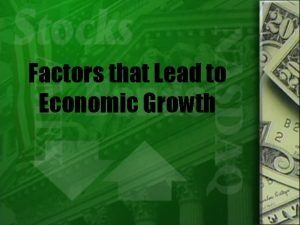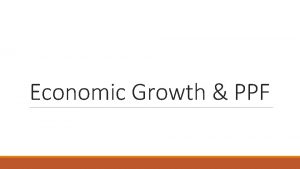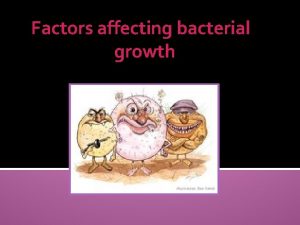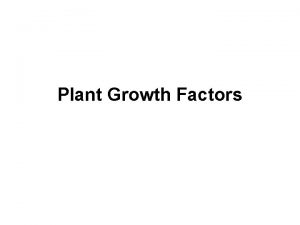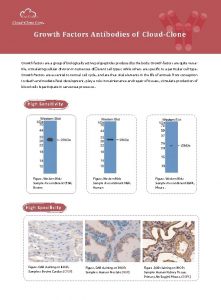Economic Growth Factors of Economic Growth Indicators of























- Slides: 23

Economic Growth ● Factors of Economic Growth ● Indicators of Economic Growth ● Neokeynesian Growth Models ● Neoclassical Growth Models

Economic Growth ● ● Economic growth represents the expansion of country's output. Over the long term, increases in real GDP demonstrate an upward trend, which economists call long-term economic growth.

Indicators of Economic Growth ● Coefficient of economic growth: ● Economic growth rate: ● Absolute change in total output: Qt - Q t-1

Business Cycle ● In short term, there are economic fluctuations – increases or decreases in real output. This short-term fluctuations in real output are also called business cycles. Sometimes real output fluctuates above the trend line and sometimes it fluctuates below the trend line.

Economic Growth ● ● ● In the short run, an economy with Keynesian unemployment and spare resources can increase output by increasing aggregate demand employment. If potential output is constant, the economy will quickly reach potential output and further growth will cease. In the long run, only changes in the level of potential output can explain economic growth.

The Causes of Economic Growth ● ● An increase in the quantity of factors of production – extensive economic growth An increase in the productivity of factors of production – intensive economic growth

Factors Responsible for Economic Growth ● Capital ● Labour ● Land ● Technical knowledge

Capital accumulation ● ● Capital (the stock of machinery, buildings, and inventories) with other factors of production produces output. An increase in the quantity of capital per worker will generally increase output.

Labour ● ● ● Labour inputs depends on the hours worked as well as the number of people working. By increasing the labour input obtained from a given population, this tends to increase total output. Human capital is the skill and knowledge embodied in the minds and hands of the population. Increasing education, training and experience allows workers to produce more output from the same level of physical capital.

Land ● Land is especially important in an agricultural economy. Increases in the supply of land natural resources are relatively unimportant as a source of growth in modern economies.

Technical knowledge ● Technical advances come through: – Invention, the discovery of new knowledge – Innovation, the incorporation of new knowledge into actual production techniques.

Technological innovation ● ● ● Technological innovation – technological change denotes changes in the process of production or introduction of new products such that more or improved output can be obtained from the same bundle of inputs. Technological changes shift out the production-possibility frontier. Technological progress increases the productivity of factors of production.

Production Possibility Frontier Consumption goods C B A An economy grows by giving up some current consumption and producing capital goods for the future instead. The more capital is produced, the faster will its production possibility frontier shift outward over time. Capital goods

Neokeynesian Growth Models ● ● Domar growth model - based on the multiplier effect Harrod growth model – based on the accelerator principle

Domar Growth Model Keynesian growth model results from general equilibrium AD = AS and I. In Domar model investments are autonomous. ● Annual change in production capacity (PC) denotes change in AS: ΔAS = I. b b: average investment productivity ● Income (Y) growth represents change in AD: ΔAD =ΔI. α α = 1/s investment multiplier s = marginal propensity to save ●

Domar Equation ● Domar equation: ΔAD = ΔAS ΔI. α = I. b ● Investment growth rate: ΔI/I = b /α ΔI/I = b. s ● Investment should growth by number which equals b. s

Harrod Growth Model ● Assumptions: – The saving growth rate equals income growth rate: s = S / Y S= s. Y – A change in investment (induced) is due to change in income and the accelerator principle: a = I /ΔY (a: accelerator) I = a. ΔY – Equilibrium I and S I=S

Harrod Growth Model I=S a. ΔY = s. Y ΔY / Y = s / a Income growth rate: G=s/a Domar-Harrod model: s. b = s / a

Neoclassical Growth Models ● ● The neoclassical growth models are using production functions focussing on the two inputs: labour and capital. The production function tells how much production of goods and services can be obtained from a certain amount of labour and capital.

Complementary Production Function ● ● Assumption: the factors of production (labour and capital) are complements in this model. The capital – labour ratio is constant in complementary production models. Q=L. ω ω: coefficient of average labour productivity Q = K. β β: coefficient of average capital efficiency L. ω=K. β

Complementary Production Function If L. ω > K. β then there will be capital inefficiency (certain quantity of capital goods is unused). If L. ω < K. β then there will be unemployment (unused labour forces).

Substitutional Production Function Substitutional production function focuses on the role of capital and labour in the growth process. ● The most famous substitutional production function is Cobb – Douglas production function: Q = A. L a. Kb The exponents a, b, denote elasticity. Elasticity measures the responsiveness of output to a change in levels of either labor or capital used in production. A: coefficient of total productivity ●

Economic Growth and Government Policy ● ● ● Supply-side economics – the purpose of supply-side economics is largely to achieve an improvement in resource allocation and overall factor productivity. Encouraging technical progress – advances in knowledge make a key contribution to economic growth. Investing in people – education, training, learning by doing, and management skills are important sources of productivity growth.
 Real business cycle theory
Real business cycle theory Economic growth vs economic development
Economic growth vs economic development Economic development vs economic growth
Economic development vs economic growth Growth indicators z score
Growth indicators z score Gdp types
Gdp types Site versus situation
Site versus situation Are flowers biotic or abiotic
Are flowers biotic or abiotic Abiotic vs biotic factors
Abiotic vs biotic factors Aboitic environment
Aboitic environment An abiotic factor
An abiotic factor Location
Location All the factors of eight
All the factors of eight What are the factors of 7
What are the factors of 7 Fctors of 8
Fctors of 8 Factors affecting microbial growth in food
Factors affecting microbial growth in food Growth factors mitosis
Growth factors mitosis Population growth factors
Population growth factors Factors affecting bacteria growth
Factors affecting bacteria growth Growth factors examples
Growth factors examples Population growth factors
Population growth factors Intrinsic factors for microbial growth
Intrinsic factors for microbial growth Social factors affecting entrepreneurial growth
Social factors affecting entrepreneurial growth Factors affecting growth hormone
Factors affecting growth hormone Coordination biology
Coordination biology
